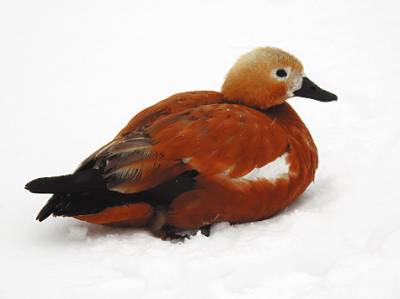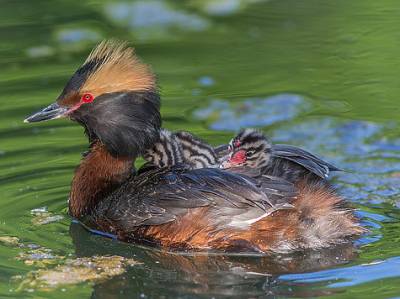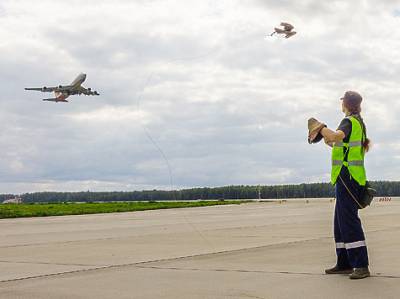
Whatever harbored another new year, one thing is sure: on the third Sunday of January in Moscow hosts a citywide waterfowl.
This year it was held for the 32nd time, wanting to participate in it did not stop either snow squalls on Saturday or promised by weather forecasters, unstable weather on Sunday.
This time in the recording was attended by over 100 people. It is gratifying that, except for ornithologists and bird lovers, active participation in the accounting took maintained by “Agency” and children’s ecological and biological associations.
It is known that the birds in the winter not afraid of cold, and hunger. Moscow ducks are accustomed to abundant feeding. Their number was a record: in the ponds and rivers of Moscow and its immediate environs wintered not less than 29 700 mallards. This is 5.4% more than last year, which in turn blocked the results from the previous 9%.
Another “record” set of ducks, wintering, as is known in the zoo and in the summer living on city ponds. This winter two birds remained to winter in the area of the Museum-reserve “Kolomenskoye”, and in the zoo there were 1127.
The Goldeneyes wintering on the Moscow river in large schools. in recent years, they clearly prefer the urban part of the river regional. They averaged 1100 (last year – 1150).
On the Moscow river wintered as last year, about 200 tufted ducks, a normal winter in Moscow and quite rare in the area.
Recently mastered winter urban waters mergansers were found in full cast and was the leader in the number of goosander (144 birds), in second place was smew (16 birds). Mergansers successfully catching in the Moscow river fish, occasionally swooping at her from the air. They cleverly avoided the harassment of gulls who tried to take away the prey. Of 12 common Pochards 8 wintered in the city and four in the zoo. In turn, gadwall and ferruginous duck prefer the zoo city reservoirs. In the lower reaches of the Moscow river in shallow water, wandering wintering grey Heron, from time to time snatching fish out of the water. Although it does not apply to waterfowl, it was impossible not to note an interesting fact of this especially wintering migratory birds. Report that on the river outside Moscow this winter there are also herons.
For the first time in Moscow in the winter there were 8 great crested grebes, grebes or large, successful breeding at Tsaritsyno ponds. Other species, and their total number has reached 16, there were few instances. It spans from the North long-tailed duck and a pair of coots on the Moscow river, white-fronted goose in Tsaritsyn, four Teal-Teal one on Yauza, Setun and Skhodnya, as well as two small grebes, second winter living on the Gangway.
Long-term monitoring year after year proves the suitability of urban habitats for many of the seemingly “non-urban” species of birds. They have purposefully chosen it as a safe place of experiencing the adverse season. The city is an ecological “refuge”. Over Moscow is a heat dome height of 60 km, which creates the effect of “heat Islands”. According to the meteorological Observatory of Moscow state University from 2004 to 2013 the average annual air temperature in Moscow has increased by 1.7 °C. In particular, in January (of 0.07 °C/year). The mild climate, extensive ice-free water bodies — all these are favorable conditions for wintering waterfowl. Their contribution to their welfare made by the townspeople, generous fertilizing. It is noticed that mallards wintering on the river, know perfectly well a time when families with packages of Goodies to go out for a walk in the Park. They rise on the wing and arrive to the place of treats in this watch.








